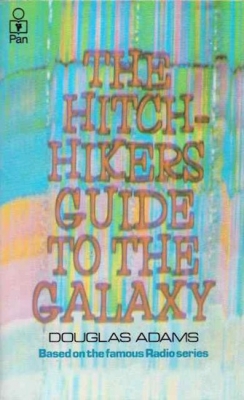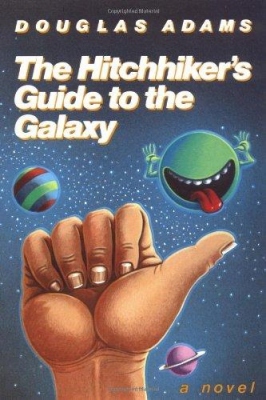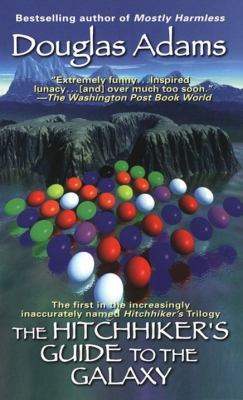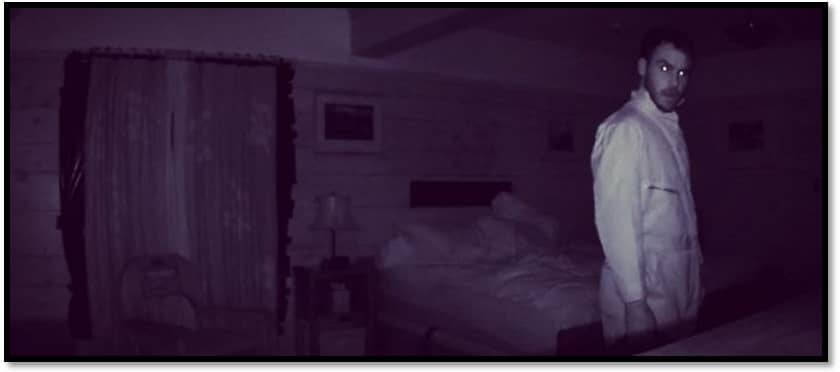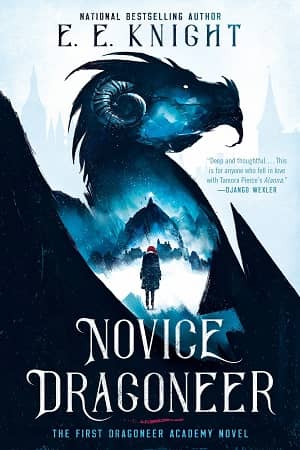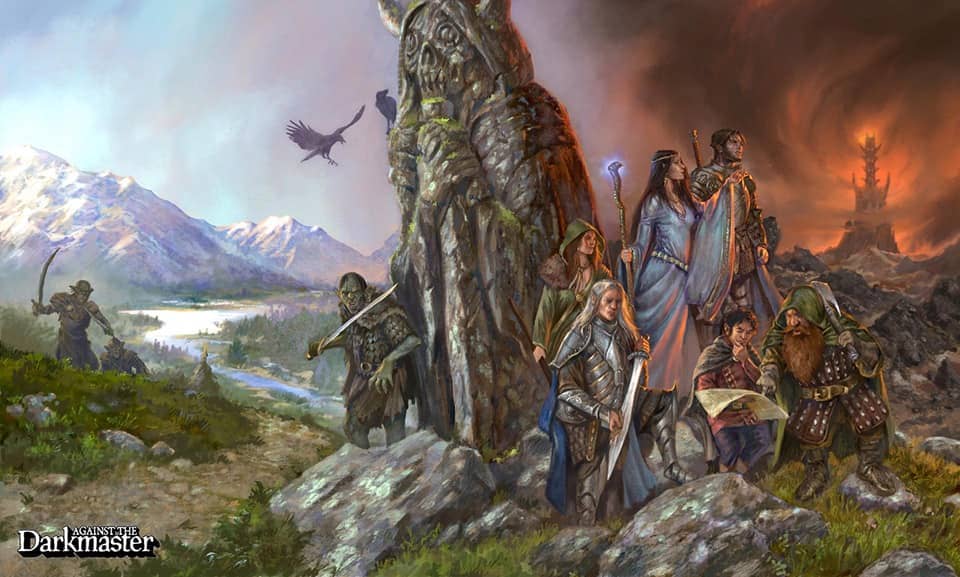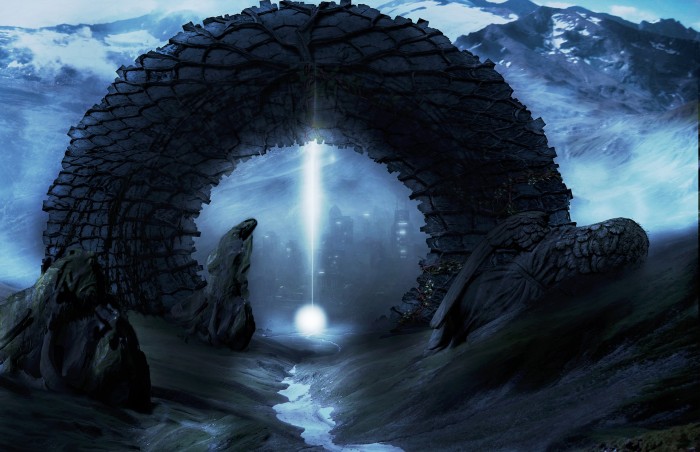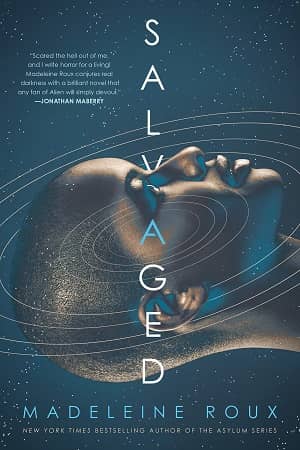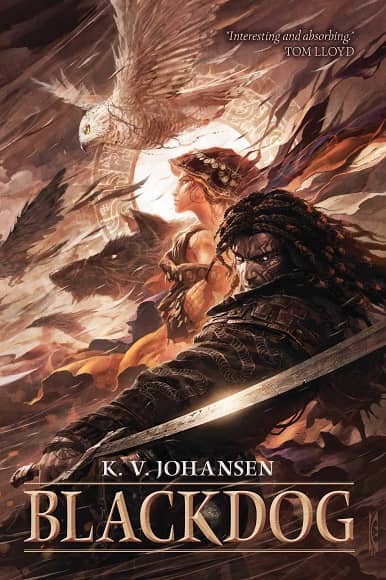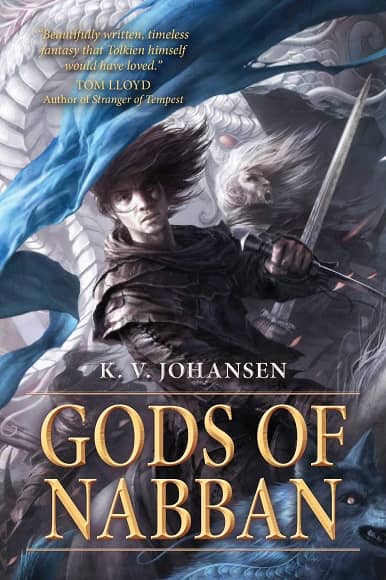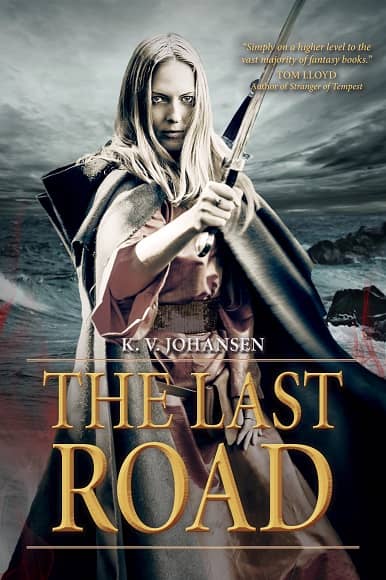The Golden Age of Science Fiction: The Hitchhikers’ Guide to the Galaxy, by Douglas Adams
The Ditmar Awards are named for Australian fan Martin James Ditmar Jenssen. Founded in 1969 as an award to be given by the Australian National Convention, during a discussion about the name for the award, Jenssen offered to pay for the award if it were named the Ditmar. His name was accepted and he wound up paying for the award for more years than he had planned. Ditmar would eventually win the Ditmar Award for best fan artist twice, once in 2002 and again in 2010. Primarily an Australian Award, for most years from 1969 to 1989, an award was presented for International Fiction. The International Fiction Award was one of the Ditmar’s original awards and the first one was won by Thomas M. Disch for Camp Concentration. In 1980, the Ditmar Award for International Fiction was presented to Douglas Adams for The Hitchhiker’s Guide to the Galaxy at Swancon 5, held in Perth. The last time the award was presented was in 1989 to Orson Scott Card for the novel Seventh Son. On two occasions, in 1971 and 1984, no award was presented.
I bought my first copy of The Hitchhiker’s Guide to the Galaxy at a small independent bookstore that, amazingly enough, still exists forty years later. When I bought the book, I had already heard the radio series and knew what to expect. Of course, the novel and the radio series are in no way the same thing. Adams was able to flesh things out a little more in the book and could add descriptive passages that weren’t possible in the radio show. In addition, jokes that had been in the radio series were dropped if Adams felt they didn’t quite work.
